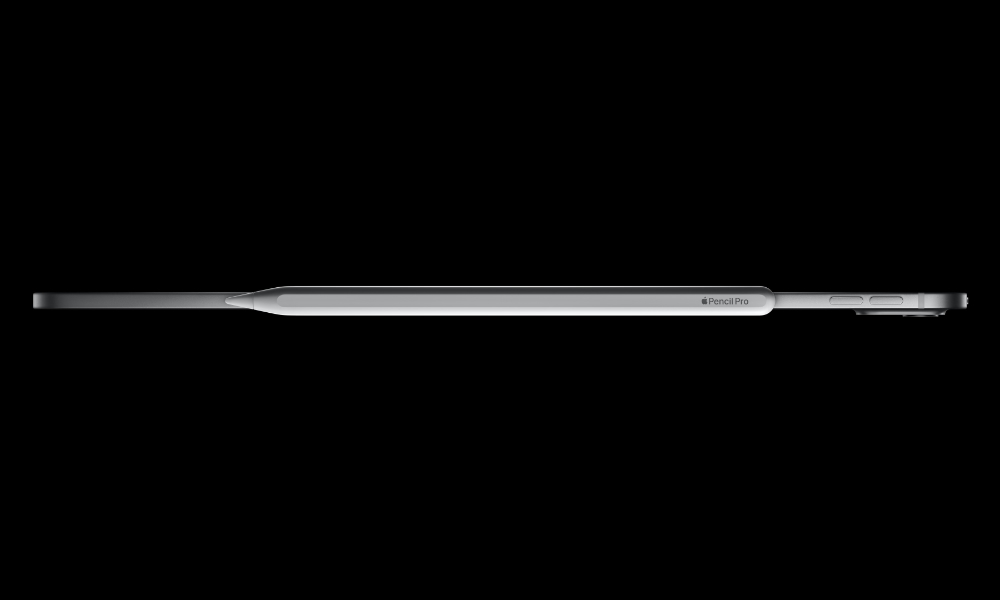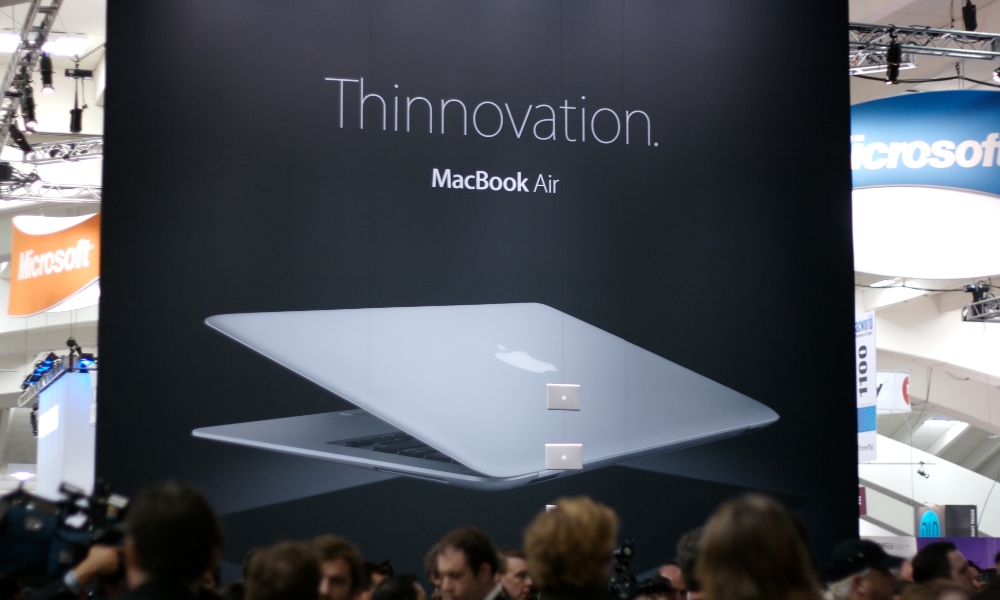Apple May Return to ‘Thinnovation’ in 2025

Toggle Dark Mode
Last month’s launch of the “impossibly thin” M4 iPad Pro may just be the first step in a trend back to making all of its devices as thin as Apple’s engineering expertise can muster.
We’ve already heard rumors of an “iPhone 17 Slim” that could debut next year, possibly as a higher-end premium model, but that’s just the tip of the iceberg, says Bloomberg’s Mark Gurman.
In this week’s Power On newsletter, Gurman confirms reports of the so-called “iPhone 17 Slim” while adding that Apple plans to do the same for the MacBook Pro and the Apple Watch.
I’m told that Apple is now focused on developing a significantly skinnier phone in time for the iPhone 17 line in 2025. It’s also working to make the MacBook Pro and Apple Watch thinner. The plan is for the latest iPad Pro to be the beginning of a new class of Apple devices that should be the thinnest and lightest products in their categories across the whole tech industry.Mark Gurman
As Gurman notes, the M4 iPad Pro is merely the start of a new era for Apple, where it will “return to form” — going back to the days of the mid-2010s when every new generation of MacBook and iPad was about shedding a few millimeters off its predecessors.
Ten years ago that trend led to such abominations as the butterfly keyboard and USB-C-only MacBook that required serious users to carry around a bag full of dongles and adapters. Apple seemingly began to lose its obsession with thinness in 2019, eliminating the butterfly keyboard in the new 16-inch MacBook Pro, even though that meant increasing its thickness by nearly a millimeter over its 15-inch predecessor.
It was the first sign that Apple’s priorities had shifted for the better. By late 2021, when the redesigned M1 MacBook Pro lineup brought back an assortment of ports, it was clear that Apple was willing to sacrifice an ultra-slim design to give professional users what they were demanding.
The iPhone and Apple Watch followed suit, making room for better cameras and longer battery life, but now it looks like Apple is about to reverse course, and we can only hope it’s learned its lesson from the days when it made unacceptable compromises in the name of “thinnovation” — a 2008 marketing strategy used for the original MacBook Air that was troubling to some folks.
Apple’s fixation on creating the thinnest devices possible was once so extreme that the Alliance for Eating Disorders called out its marketing campaigns as being potentially triggering to those at risk of anorexia and bulimia.
We certainly hope that Apple’s marketing department knows better than to go there again with its slogans, but it remains to be seen whether it can work the same magic it did with the M4 iPad Pro into iPhones, MacBooks, and Apple Watches. It seems to have figured out how to make thinner devices that don’t compromise on new features, but even Apple can’t change the laws of physics. Thinner devices mean smaller batteries, and ports still require physical space.
However, perhaps the mythic portless iPhone isn’t as far off as we expected. Ditching the USB-C port entirely could make the “iPhone Slim” a unique device in more ways than one and might help Apple take its first bold step into a wireless-only world, in the same way the 2008 MacBook Air ushered in a whole new era of thin and light laptops.
The biggest question right now is whether Apple’s return to ultrathin devices will also mark a return to billing them as higher-end luxury products despite having less impressive specs. That’s precisely where the original MacBook Air fit into the lineup, and we’ve heard rumors that the premium MacBook Air could make a return. The “iPhone Slim” may also take a page out of that playbook, with a price tag even higher than the iPhone Pro Max that will accompany it in the lineup.
[The information provided in this article has NOT been confirmed by Apple and may be speculation. Provided details may not be factual. Take all rumors, tech or otherwise, with a grain of salt.]








